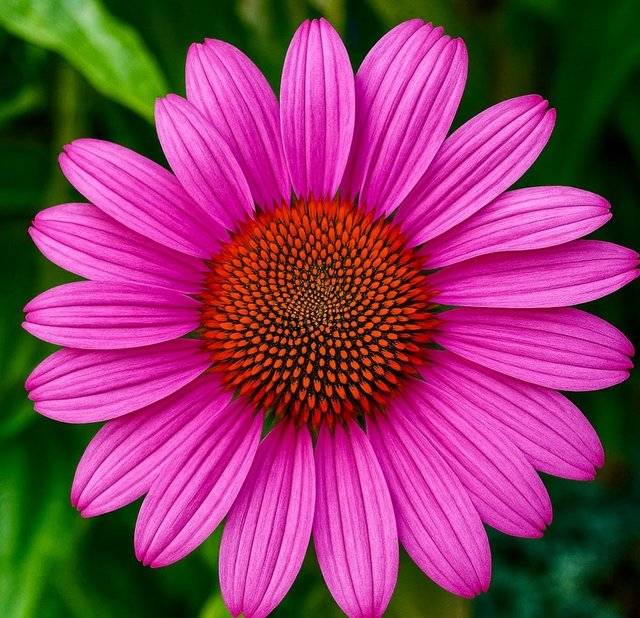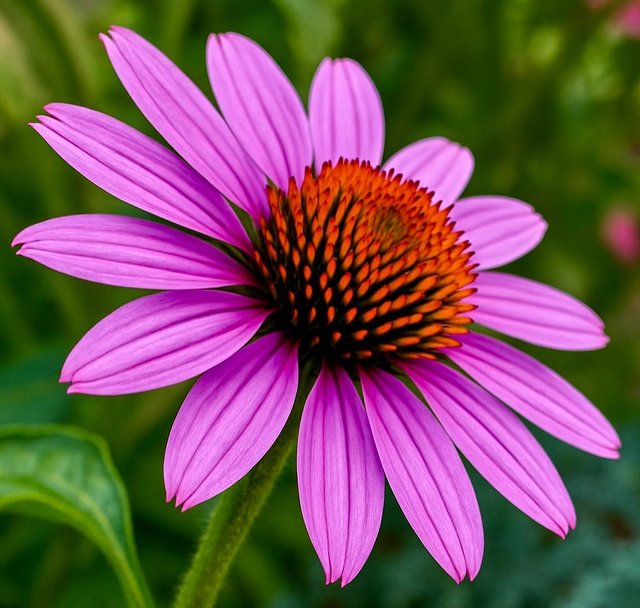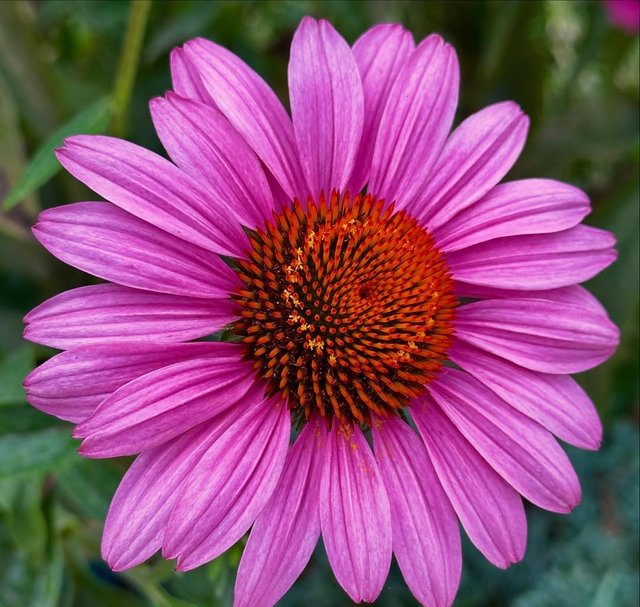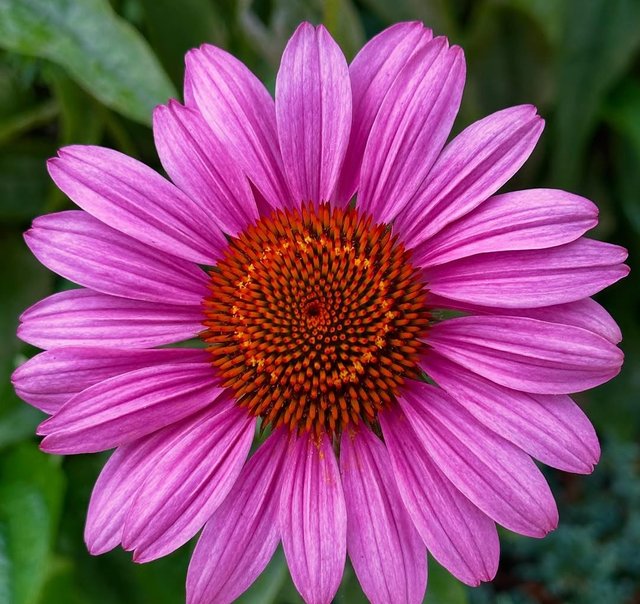The Purple Coneflower: A Native Beauty with Healing Power
The Purple Coneflower is one of North America's most beloved and iconic native wildflowers. With its bold purple-pink petals and striking orange-brown central cone, this hardy perennial is not only a staple in prairie landscapes and cottage gardens, but it is also a revered medicinal herb. Whether admired for its ornamental appeal or respected for its therapeutic properties, the purple coneflower holds a unique and enduring place in horticulture, ecology, and herbalism.
Botanical Overview
Scientific name: Echinacea purpurea
Family: Asteraceae
Common names: Purple coneflower, echinacea, Eastern purple coneflower
Origin: Central and eastern United States
Blooming period: Mid to late summer
Height: 2 to 5 feet
Hardiness zones: USDA zones 3–9
The purple coneflower is characterized by its daisy-like blooms, with downward-sloping lavender to pink petals that radiate around a prominent, spiky, cone-shaped center. The cone consists of tiny tubular disk flowers, which not only serve as an eye-catching visual centerpiece but are also highly attractive to pollinators.
Habitat and Growth
Echinacea purpurea thrives in prairies, meadows, open woodlands, and roadsides. It prefers full sun to partial shade and well-drained soil, though it is surprisingly tolerant of drought, poor soil, and variable weather conditions. This resilience makes it an excellent choice for low-maintenance or xeriscape gardens.
Purple coneflowers spread through clumping rather than aggressive rooting, making them well-behaved in garden settings. They reseed easily and will naturalize over time, contributing to a lively and colorful landscape.
Ecological Importance
Purple coneflowers play a vital role in supporting biodiversity. Their large blooms are a nectar-rich magnet for pollinators such as:Bees
Butterflies, especially swallowtails and fritillaries
Moths and other nocturnal pollinators
In the fall and winter, the dried seed heads become a valuable food source for birds, particularly American goldfinches and sparrows. The seed heads also add structural interest to winter gardens when left uncut.




%20(8).jpeg)